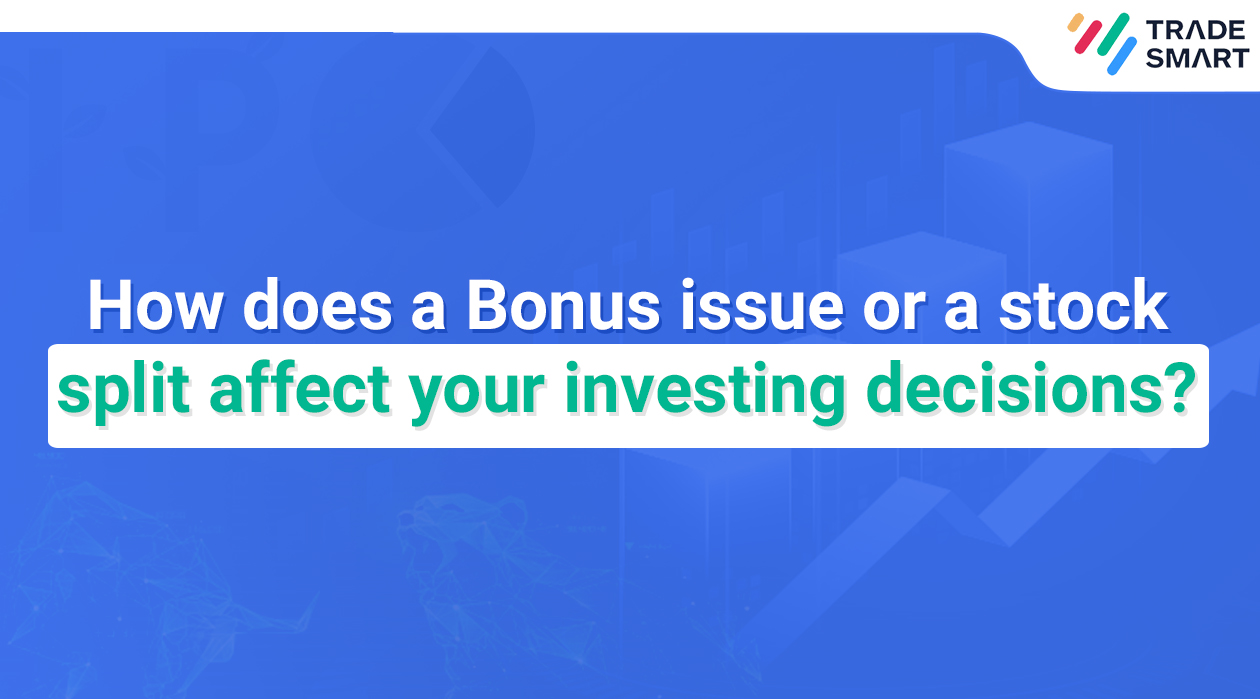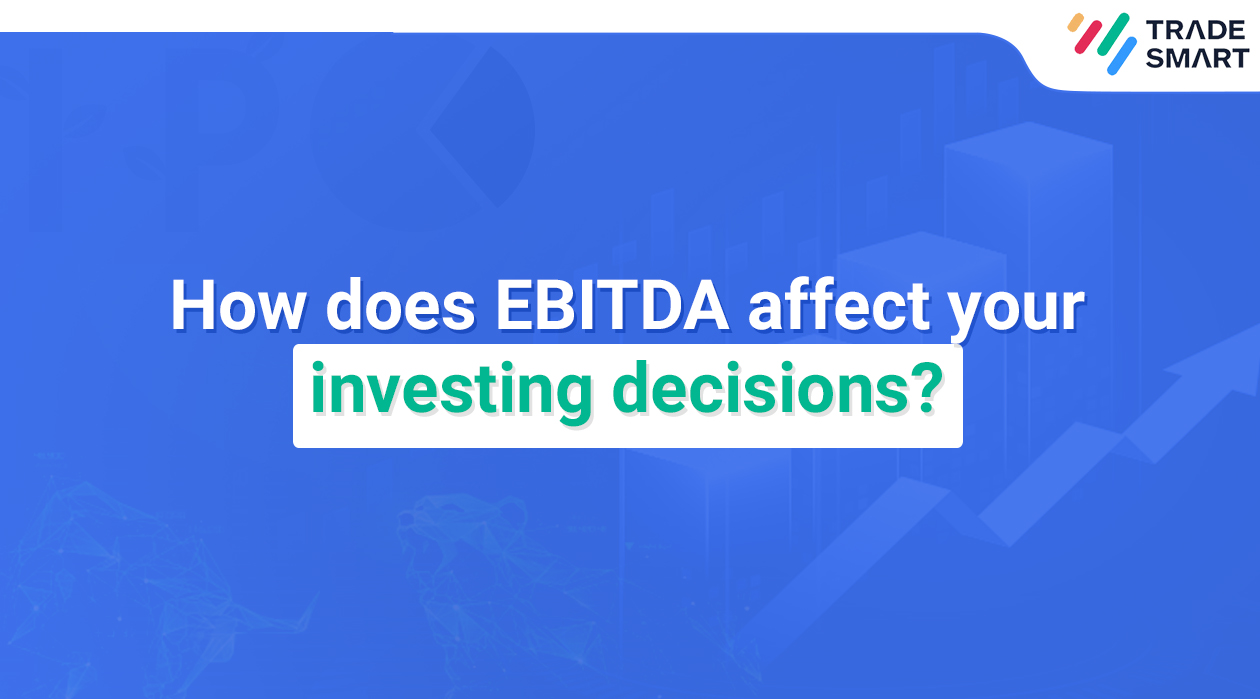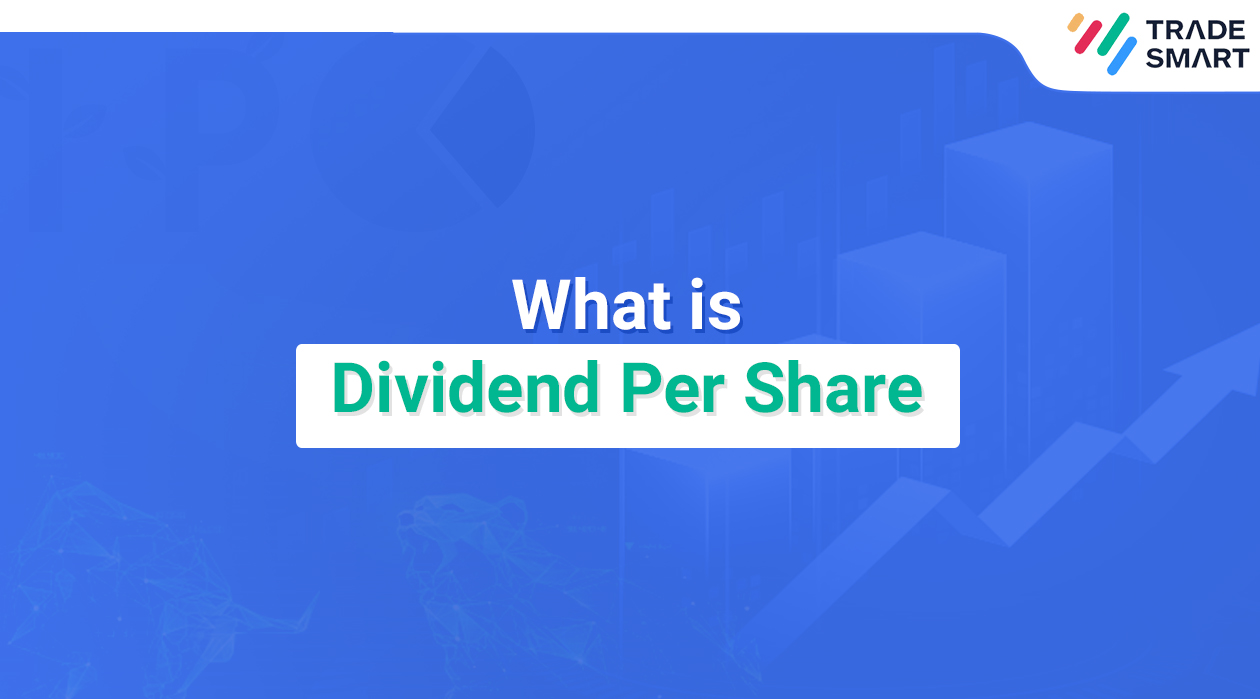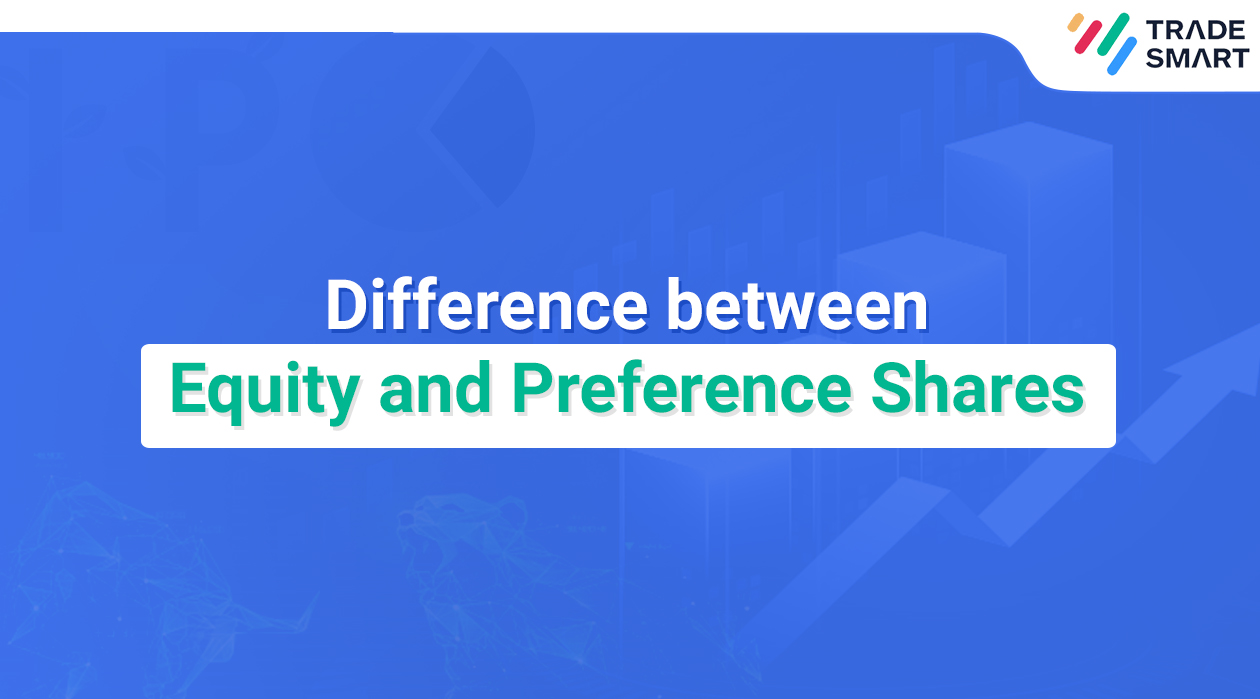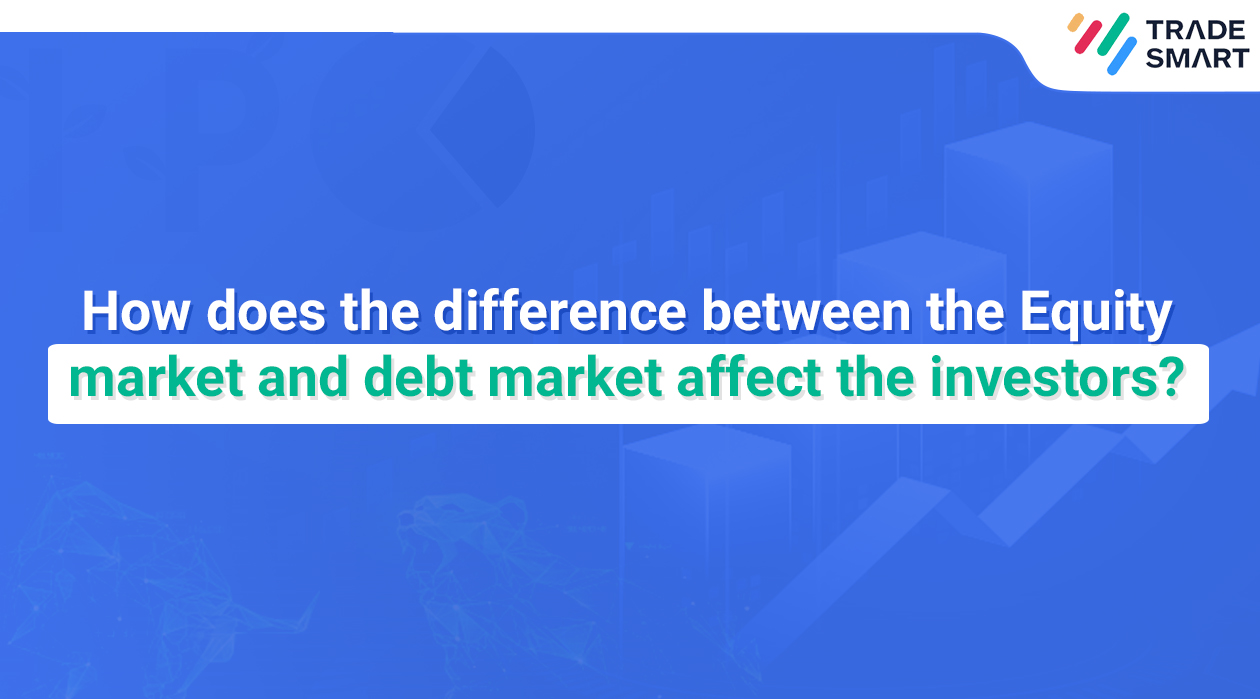Introduction
Every new company starts with the intention of being profitable throughout its existence. These profits are directly proportional to the quantity of money that a company can create as a result of the commercial activities it engages in, but this income cannot be generated unless the company is willing to incur certain expenditures that are associated with it. However, aside from these costs, a business has to devote its funds to such activities that do not produce anything directly but without which the business will not be able to continue its activities.
This is especially true for manufacturing businesses, which incur costs related to the production of goods (direct labour, direct material, etc.). Every business, and particularly manufacturing businesses, incur costs related to the production of goods. These expenses are classified as operational costs. There are always going to be expenses that a company needs to pay to meet the monetary obligations it has made. The phrase “non-operating costs” refers to any costs that are not considered to be production or operational expenses. Even though it is quite unusual for trade enterprises and organisations in the service sector to incur any manufacturing expenses, operating and non-operating costs are important considerations for any kind of business.
With a basic understanding of accounting terminologies, it will be much simpler for you to gain a handle on the many financial components of an operating company. The words “operational expenses” and “Non-operational expenses” are among the most important terms used in the accounting field.
What are Non-Operating Expenses?
The phrase “Non-Operating Expenses” is an accounting term used to describe costs incurred by a business that are not directly related to day-to-day operations. These are the sorts of costs that might involve reoccurring obligations, such as interest payments on debt and one-time or exceptional expenses.
For instance, a company may categorise any expense as Non-Operating Expenses if it was spent as a result of restructuring or reorganising the business, as well as any costs generated as a result of currency exchange or charges on old inventory.
It is often prudent when trying to gain a clear view of a firm’s success to separate the costs and revenue sources that are not directly tied to the central business activities. For instance, a company could be making a profit, but due to a one-time expense such as the write-off of old inventory, the company might end up making a loss overall. On the other side, the firm may decide to sell a non-core business line to realise a profit, which would temporarily increase the company’s bottom line.
On the company’s financial statements, it is made much simpler to evaluate how well the company’s primary operations performed during any given accounting period if these non-operating costs and profits are kept in a separate category. This not only helps to monitor patterns in performance but also makes it possible to make more accurate projections about the future success of the company. Accounting software assists with the fundamental monitoring of financial data, which helps to ensure that forecasts and plans are as precise as possible.
Non-Operating Expenses Examples
A business can rack up a variety of different non-running costs, and it all depends on the sector in which it operates. The following are some examples of some of the most typical types of Non-Operating Expenses:
- Lawsuit Settlements
- Floatation cost
- Losses from Investments
- Profit or loss from the sale of a subsidiary or an asset
- Provision for rebates on the purchase of shares and debentures
- Deduction for expenses incurred in the planning stage
- Reduction in the value of the Inventory and Receivables
- The destruction caused by the fire and the company’s property being taken without compensation.
- Derivatives expense
- Expenses incurred as a consequence of natural disasters such as earthquakes, floods, or tornadoes.
- Fees for obsolete stockpiles of merchandise.
In any case, people need to get acquainted with the exceptions to correctly comprehend the components of Non-Operating Expenses. To put it another way, charges that are directly incurred as a consequence of core operations of the company are not included in the list of Non-Operating Expenses.
Non-Operating Expenses Calculation
In most businesses, Non-Operating Expenses are recorded and tracked in a general ledger account that is distinct from operational expenses. After a company’s operational expenses follow the Non-Operating Expenses, which are usually reported at the bottom of the income statement. Some businesses make a distinction between the many categories of non-operating costs that are included in their income statements.
For instance, interest payments may be recorded separately from exceptional or extraordinary Non-Operating Expenses such as a one-time write-down of inventory or damage incurred due to a natural catastrophe. In this case, the interest payments would be considered an operational expense.
At the very bottom of the revenue statement for the firm where the accountants operate, they record all of the company’s costs. This is done so that the individuals who read those financial statements are provided with the opportunity to understand and analyse the activity of the firm, which has an immediate impact on it, as a separate piece of information. It is very difficult for companies to be able to turn a profit from their primary business activities; hence, it is vital to have a good grasp of which financial activities correspond to the primary business activities of the company.
Accountants begin the process of preparing income statements by focusing first on the company’s top-line revenue. After subtracting the cost of goods sold (COGS) from the revenue, accountants arrive at the “gross income” figure for a business. After reaching at the figure for the gross revenue, they deduct the operating expenses to get to the number for the operating profit, also known as the profits before interest and tax (EBIT). After that, they deduct any expenses that are not directly related to operations to arrive at the profits before taxes. After that, they do the necessary calculations to determine the net income.
Example
The provision of IT-related services to clients is Company A Limited’s primary line of business. During the year, firm A incurs a cost as a consequence of the sale of one of its buildings at a loss of Rs 2,50,000. This loss will be classified as a non-operating expense since it is not directly related to the day-to-day activities of the firm and so does not constitute an operational cost.
In addition, during the same period, the company paid the one-time insurance premium at the beginning of the year for the entire year to one of the insurance companies. This was done to cover various types of loss that could arise from various types of unforeseen events such as flooding, theft, earthquakes, and so on. Because the identical situation does not recur as a result of the company’s primary business activities, the amount that was paid for the insurance premium will likewise be included as Non-Operating Expenses. Costs that are not directly related to the operation of the business will be grouped together.
Non-Operating Expenses components
In addition to the costs associated with operating the company itself, businesses have a variety of other expenses. The following is a list of twelve instances of various expenses that a company may incur that are not related to its operations:
- Interest payments: If a firm has taken out a loan to sustain the business, it is quite probable that the company will be required to make interest payments on that loan until the debt has been repaid in full. Interest is considered a non-operating expense since it is distinct from the usual expenses associated with running a company and does not have an impact on the amount of revenue generated by the firm.
- Investment losses: It’s fairly uncommon for businesses to have financial investments or investments in the assets of another firm, such as stocks or bonds, and to suffer losses on those investments. A loss from such investments would be considered a cost not directly related to day-to-day business operations.
- Losses on the sale or write-off of assets: If a firm takes part in a one-time activity that results in them losing money, such as being forced to liquidate a separate business that it owns, this is considered to be a non-operating expense.
- Arrangements made to end a legal dispute: The loss incurred by a company as a result of its participation in a legal settlement, in which the company is required to pay out a particular amount of money, is considered a non-operating expense. However, the expense of the associated legal expenses would be regarded as part of the standard operating expenses.
- Restructure costs: If a corporation loses money due to a large change in its operations, such as a big restructuring of organisational positions, this is an example of a non-operating expense.
- Currency fluctuations on a global scale: A great number of businesses either operate in or sell their wares to nations located outside of their own country. Another sort of non-operating expense might occur if the company conducts its business in a foreign currency and the value of that currency falls while it is being used in the company’s activities.
- Incidents or disasters: The monetary loss that results from an isolated occurrence, such as an unanticipated fire or natural catastrophe, and the expenses that are incurred as a direct result of that loss are considered to be Non-Operating Expenses.
- Alterations to the principles of accounting: Alterations in the value that an organisation has recorded for its assets or liabilities may sometimes be brought about by making adjustments to the accounting system that the organisation employs. A non-operating expense is one in which the reported value of the asset goes down.
- Inventory write-downs: When a firm’s unsold inventory loses value because it can’t be sold and is no longer valuable, the company often records this as a non-operating expense.
- Relocation of a business: The expenses incurred by a firm in relocating are considered to be Non-Operating Expenses. Relocation may occur when a company moves buildings or changes its principal location.
- Disposal of Equipment: If a company sells or disposes of equipment that is no longer useful, such as a retailer that disposes of a delivery truck, for less money than the equipment’s initial cost minus depreciation, this is considered a non-operating expense. An example of this would be a retailer that disposes of a delivery truck.
- Depreciation: A non-operating expense is a regular drop-in value that happens when objects degrade due to age or usage.
Difference between operating and Non-Operating Expenses
The following is an outline of the primary distinction between operational expenditures and Non-Operating Expenses:
-
The primary difference
Operating expenditures are those business expenses that are required to enable and operate a firm regularly. Because these expenditures are not involved in the primary manufacturing process of an organisation, they are not taken into account when calculating the cost of products sold. Despite this, these expenses are very vital for bringing the company’s goods or services to the appropriate markets and selling them. The expenditures that an organisation incurs to fulfil its various financial commitments but which are not directly connected to the company’s typical commercial activity are referred to as “non-operating costs.” Therefore, non-operating expenditures are not incurred as a direct outcome of the fundamental activities or operations of a corporation.
-
Types
The majority of a company’s operational expenditures are tied to the activities that are involved with the business’s operating cycles and throughput. These kinds of costs, which are incurred by a manufacturing company, are not connected to the manufacturing process or the production of the items, but they are essential to the company’s ability to generate sales and keep operations running smoothly. Some examples of sorts of operational expenditures include expenses related to maintenance, the salaries and wages of non-production workers, certain taxes, legal fees, sales bonuses and/or commissions, marketing expenses, advertising expenses, office and administrative expenses, and so on. In most cases, a company’s non-operating costs are the result of a financial or legal obligation that the company has and that has to be met to satisfy the responsibilities of the company. Non-Operating Expenses include things like payments for non-mandatory insurance, bad debts (if they occur outside of the normal course of business), foreign exchange losses, interest payments, and fees borne for the settlement of court cases brought against the business, costs for shifting or restructuring, and so on. On the other hand, there is a possibility that there are other kinds of expenditures, depending on the needs of certain markets and/or enterprises, may be characterised as either operational costs or non-operating expenditures.
-
Making decisions
The management of a firm has to differentiate between operational expenditures and Non-Operating Expenses since doing so may assist them in more accurately determining the financial and performance metrics of their organisation. The efficient management of a company’s operational expenses is closely correlated to the company’s ability to execute its operations effectively. These expenses are often within the scope of management’s ability to influence, and as a result, they may be included in assessments of that role. Non-Operating Expenses, on the other hand, are expenditures that are often uncontrollable owing to the nature of the costs themselves; as a result, non-operating costs must not be included in evaluations of management.
-
Classification in financial statements
In the statement of profit or loss, operating expenditures are typically written after the head of gross profit, whereas Non-Operating Expenses are recorded at the bottom of the statement of profit or loss. The consumers of this statement will find that, as a result of this categorisation, it is much simpler for them to comprehend and differentiate between the expenses that were incurred as a result of routine business operations and those that were incurred as a result of unusual business activities.
Types of Expenses
Although each category of the expense will have some impact on your financial records, the income statement is the one that will be most significantly impacted by this spending. The following are the five primary categories under which a business spending is broken down and reported on the income statement:
- Cost of Goods Sold
- Operating Expenses
- Financial Expenses
- Extraordinary Expenses
- Non-Operating Expenses.
However, there are other kinds of expenses that any company will have to pay, some of which will not be reported in the income statement straightforwardly. The following are the several categories of costs that your company records in its accounting:
-
Cost of Goods Sold
The expenses that are incurred in the process of procuring raw materials and then transforming them into finished items are referred to as the Cost of Goods Sold (COGS). COGS does not, however, account for interest expenditure or loss on special goods. Nor does it cover selling and administrative expenses that are spent by your whole organisation.
-
Operating Expenses
Operating expenses are any expenses incurred as a direct result of selling products or providing services. In addition to that, it comprises the price of advertising, the rent for your business, and the wages of your salesmen.
Your general and administrative expenses are included in the category of operational expenses. These are the charges that are spent in the process of operating the primary line of your company. These costs include research and development, executive pay, travel and training costs, and information technology costs.
-
Financial Expenses
When your firm borrows money from its creditors and lenders, it will inevitably run up certain financial expenses. These are the costs incurred by your company that are not directly related to its primary line of activity. For instance, interest on money that was borrowed and costs associated with the origination of the loan.
-
Extraordinary Expenses
These are the expenses that your company incurred outside of the normal course of its business operations and in the course of a significant one-time event or transaction. For instance, companies may need to lay off staff, sell property, get rid of a big asset, repair or replace an unanticipated piece of machinery, or lay off employees.
-
Non-Operating Expenses
These are expenses that cannot be traced back to the actual revenues generated by the business. Interest expense is a typical example of Non-Operating Expenses, and it’s also one of the most expensive. This is because although interest payments are required to cover the cost of borrowing money from a creditor or a bank, these payments do not contribute to the business’s overall revenue. Consequently, interest payments are now included in the category of non-operational expenses.
Final thoughts
Because some occurrences are impossible to predict, it is quite feasible for businesses that are well managed to rack up unexpected costs. These costs are often categorised as Non-Operating Expenses since they are not directly related to the company’s primary business activities and hence do not directly contribute to the company’s revenue.
When a company’s operating expenses and its Non-Operating Expenses are separated on its income statement, it enables the company’s managers, investors, and other stakeholders to evaluate the actual performance of the company’s business in a much more accurate manner. In addition, if a problem arises concerning the company’s Non-Operating Expenses, it is possible to bring this problem to the attention of the company’s management promptly so that the appropriate corrective actions can be taken.


